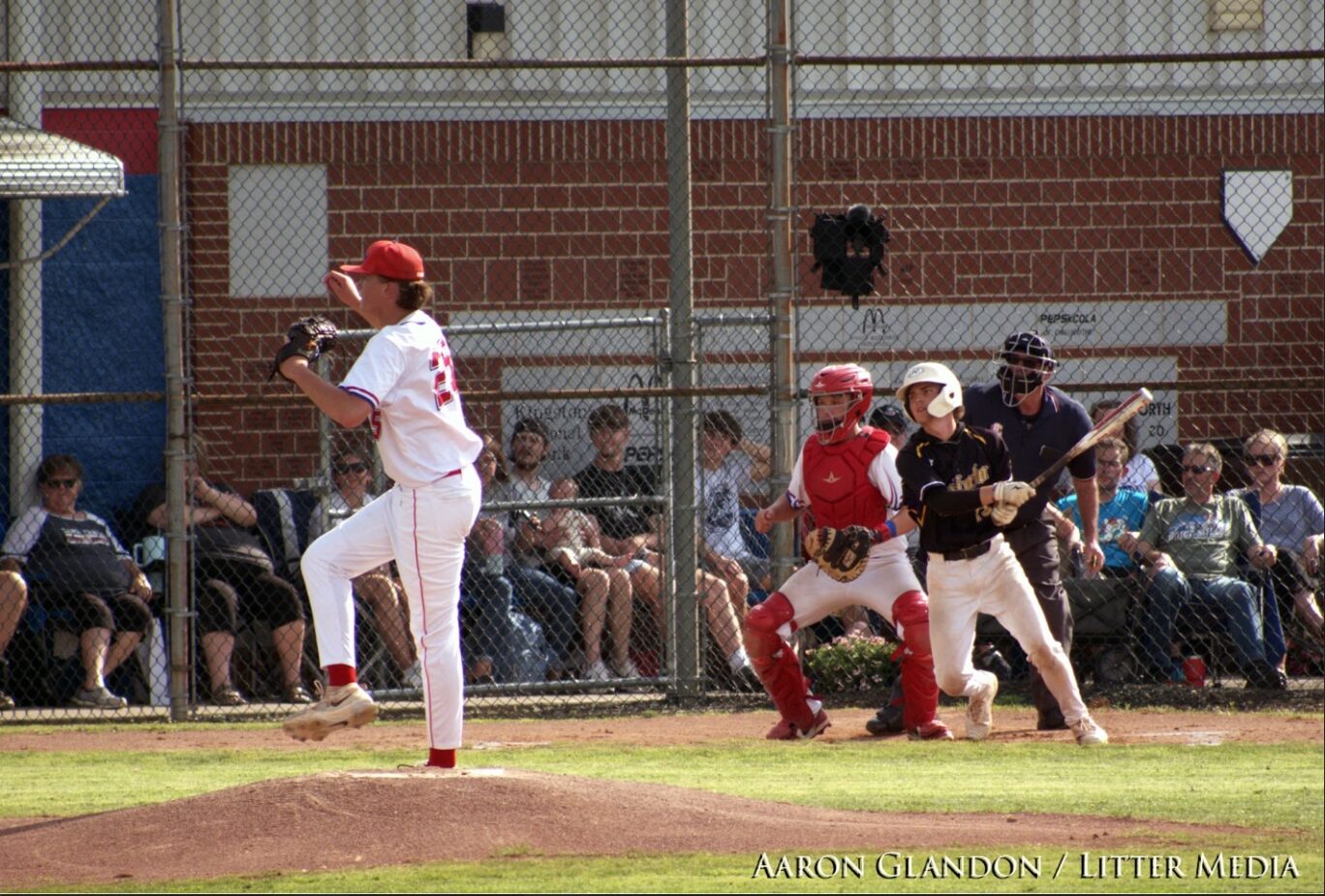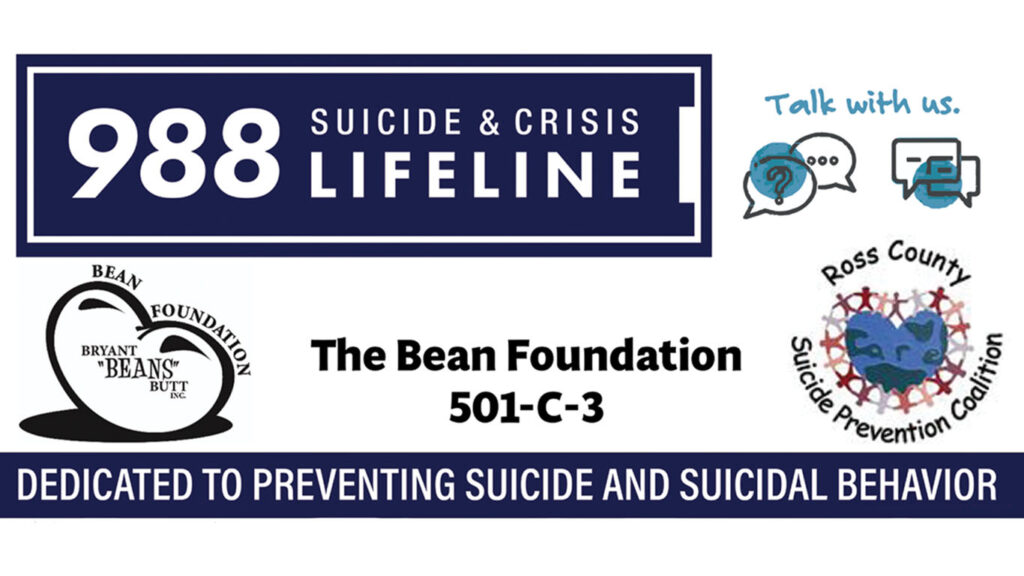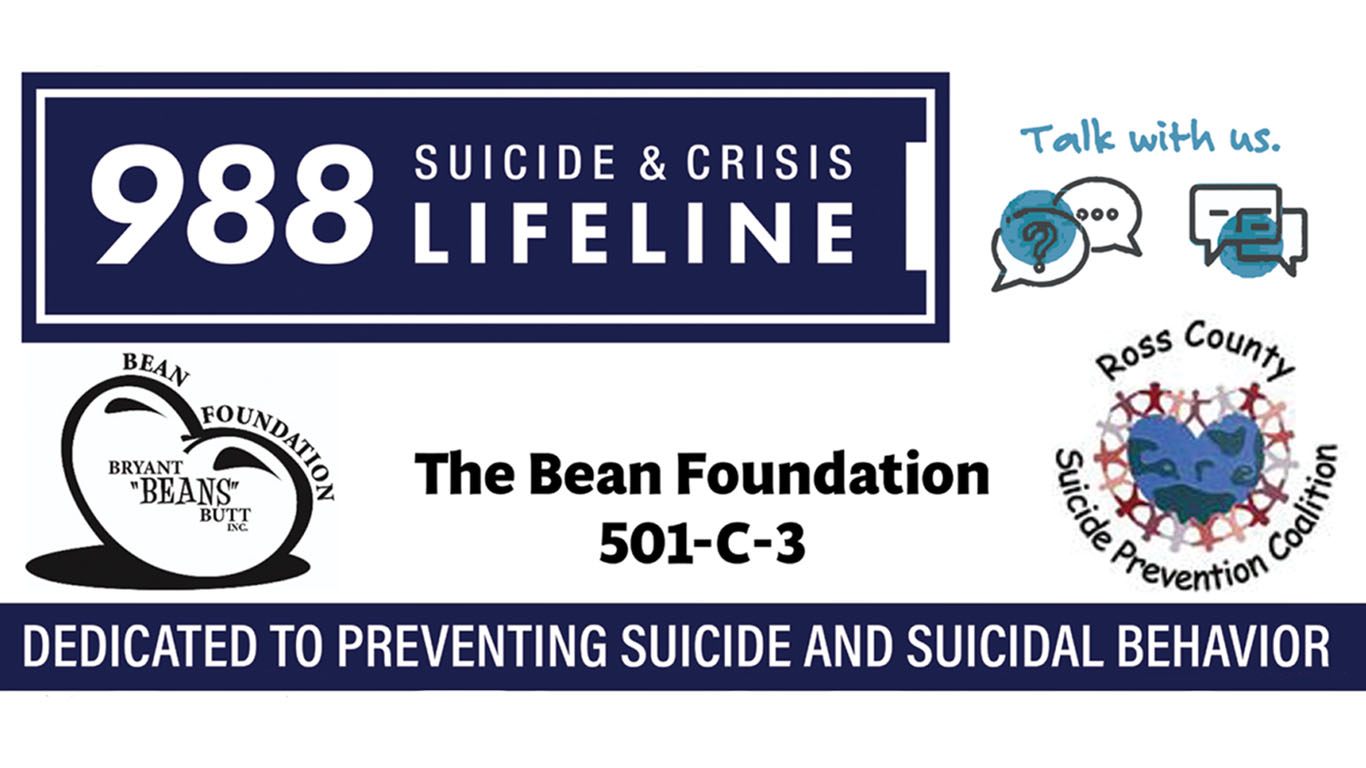
Double First Base Introduced To High School Baseball In 2027
Article Presented By The Bean Foundation…
(Indianapolis) – Beginning with the 2027 season, a double first base will be required in high school baseball games to minimize the risk of collisions by runners and fielders.
This rule revision was one of 10 proposed by the NFHS Baseball Rules Committee during its annual meeting held June 8th-10th at The Alexander hotel in Indianapolis. The rules changes were accepted by the NFHS Board of Directors.
New language was added to Rule 1-2-9 noting that the double first base must be white and a contrasting solid color. The white portion of the base is located in fair territory while the colored half is located in foul territory, split by the first base foul line. There is to be no space between the two portions of the double base.
“Adding the double first base is symbolic to the evolution of the sport. It will immediately address running lane violations, and it will further protect the players from the violent collisions that have occurred at first base,” said Elliot Hopkins, NFHS director of sports and liaison to the Baseball Rules Committee. “By reducing collisions and enhancing safety, it preserves both the integrity of competition and the well-being of those who play.”
Several subsequent rules changes, including Rule 8-2-2a, outline how batter-runners and fielders shall use the double first base. The batter-runner should use the colored base on an initial play at first base unless a fielder is drawn into foul territory to receive a dropped third strike, in which case, the batter-runner would use the white portion of the base. Once the batter-runner reaches first base, the batter-runner must always return to the white base, including when leading off, returning on a pick-off attempt or tagging up on a fly ball.
A batter-runner may use either side of first base on a base-on-balls or on an extra-base hit to the outfield when there is no chance of a play to be made at first base.
Interference is to be called on batter-runners if they only touch the white portion on a force play at first and collide with the fielder. Similarly, it is obstruction if a defensive player only touches the colored portion of the base and collides with the batter-runner.
Rule 2-5-1h was added to note that it is a fair ball if a batted ball hits or bounds over any part of the white portion of the double first base. Alternately, it is a foul ball if a batted ball hits or bounds over any part of the colored portion of the base (Rule 2-16-1h).
Rule 3-4-6 was added to address defensive player meetings as charged conferences. Each team, when on defense, may be granted not more than one player-to-player meeting during an inning. Umpires shall deny any subsequent defensive team requests for that half-inning. Additionally, Rule 2-10-3 was added to define a player-to-player defensive meeting as having two or more defensive players.
“A player-to-player defensive meeting is a natural and essential part of the game—whether it’s strategy, encouragement or clarification, but having multiple meetings in a half-inning adds additional time that lengthens a contest and is not in the best interest of the game,” Hopkins said. “A charged conference, however, involves direct coaching intervention with either a coach or a non-playing representative and is intended to provide instruction. The distinction ensures we honor both the flow of the game and the role of coaching.”
Two rules changes were approved to bring the Baseball Rules Book in line with all NFHS rules. Language added to Rule 1-4-4 allows a school’s name, nickname, logo, mascot and/or player’s name to be permitted on a uniform top and/or pants beginning in 2027.
In addition, Rule 1-6-3 states that “no player shall wear any audio (microphone) or video (camera) device during the game.”
A complete listing of the baseball rules changes will be available on the NFHS website at www.nfhs.org. Click on “Sports” at the top of the home page and select “Baseball.”
According to the 2023-24 NFHS High School Athletics Participation Survey, baseball is the fourth-most popular boys sport with 471,701 boys participating in 16,146 high schools across the country.































